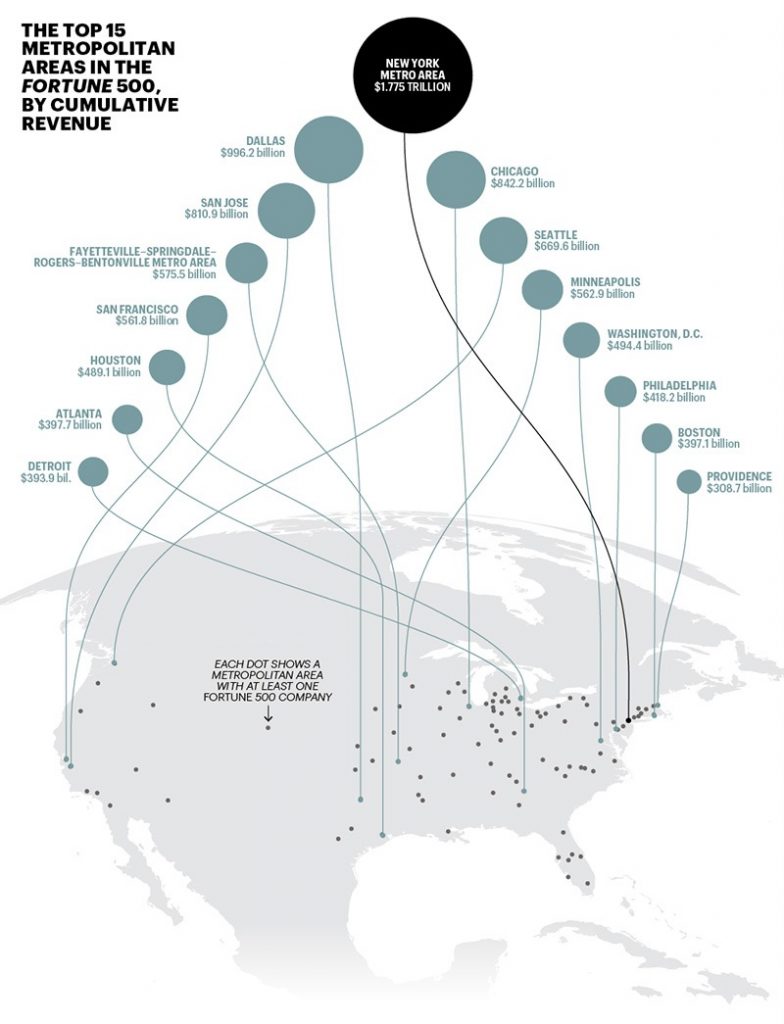Headquarters & Corporate Office Information | Contacts, Addresses & Phone Numbers
Get the Complete Company Headquarters & Corporate Office Information: Get the up-to-date information for Companies: Headquarters, Corporate Address, phone number, fax, human resources, finance, billing, support, customer service.
Corporate Headquarters
Corporate headquarters is the part of a corporate or a large company structure that handles the core tasks, corporate and strategic planning, communications, marketing, sales, finance, human resources (HR), billing, IT and legal.
Corporate headquarters responsibility is to lead the company forward in all aspects in the widest way possible to move the corporation towards success and ensuring the corporate governance. Most corporate headquarters have its executive team in the one location: President, Chief Executive Officer, Vice President Marketing, Vice President Sales, Vice President Finance, Head of Legal, Vice President Development and the Vice President of Human Resources.
As the world goes green, many headquarters & corporate offices are making adjustments to have green offices. Watch inside the world’s greenest, smartest office space
What is the CEO Main Tasks?
As the CEO of a company is a key person in any corporate, his main task is to lead and support the executive team and the entire people employed by the company by putting the corporate policies into actions including all corporate functions necessary to steer the firm by defining and establishing corporate policies.

Locations of Corporate Headquarters
Corporate headquarters usually considered to be the main location for any corporate and has the main key executive in it. Companies aiming to have their corporate headquarters to be in the most prestige location within the country, state and city, where they can attract other businesses to the area. Many businesses prefer to locate their corporate headquarters in the larger cities, such as New York, Los Angeles, Atlanta, Washington and more, because of the greater business opportunities available in these cities.
Not only they corporate headquarters are in the big cities, they are usually selecting luxury buildings for two main purposes:
1. Showing other businesses their financial strength being in a luxury building and highly invested offices.
2. Attracting the best executive and top employees to come and work in the best corporate headquarters available.
Being close to other big corporates is making any company look great. For example a corporate office located between Amazon and Google’s headquarters, is a great way to get attraction and become attractive to both new customers and top employees.

Main offices of corporates which are not the corporate headquarters are called “branch offices” that include a branch manager, depending on the size could be general manager of the branch or area.
Company’s branch offices are usually in-charge on an area, helping the corporate headquarters to manage the operation efficiently, by breaking down a geo location, country, state or even city into territories.
Sometimes companies are forced to have more than one headquarters location for example when a company has international operations and need headquarters in continents or countries worldwide. Sometimes it can be as a group of key employees are in different specific locations such as technology, sales & marketing people.
Top United States Cities in the Fortune 500 by Revenue
According the Fortune magazine, the top United States cities with Fortune 500 companies are New York City (Manhattan), Dallas, and Chicago. These three cities are at the top the list of American metropolises with the most cumulative revenue from Fortune 500 companies.
New York City is the biggest one of all other U.S. metropolises as a business district hub. Fortune 500 featured 65 companies headquartered in the greater New York area, that have a collective of over 1.8 trillion dollars in revenues which is equal to 12.5% of the complete Fortune 500 companies.
In the second place is the city of Dallas, with the corporate headquarters of McKesson which is number eight on the Fortune 500 list with over 214 billion dollars in revenues, recently moved its corporate headquarters from the city of San Francisco and the taxes in California are higher than the taxes in the state of Texas which are much friendly.
The Fortune 500 companies based in the United States’ three biggest ‘tech towns’ known as San Francisco, San Jose, and Seattle, had total revenues of 2.04 trillion dollars last year.

Source: Fortune.com
Headquarters Offices Go Green
Get a quick inside look to the world’s greenest and smartest headquarters office spaces worldwide – fascinating view of amazing offices.
The Complete Company Headquarters & Corporate Office Information: Get the up-to-date information for Companies: Headquarters, Corporate Address, phone number, fax, human resources, finance, billing, support, customer service.
What are the Top 10 Coolest Offices in the world?
Going to work may be a tedious task for some but for others at certain offices it’s better than partying out at any pub. So here are 10 offices that you wished you could get a job at.
thank you very much, appreciate your help and service.
you have done a great job
James